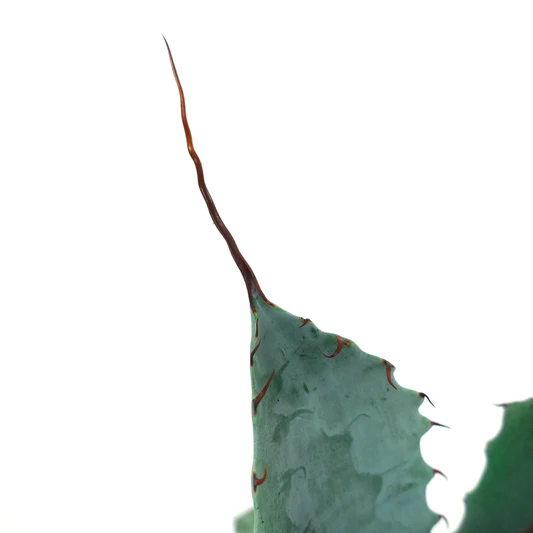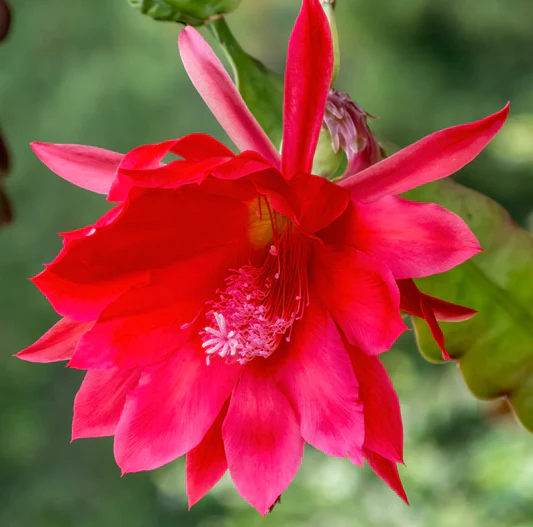Melocactus in Gran Roche: Biodiversity and Conservation of Iconic Barrel Cacti in the Caribbean

Abstract: The Melocactus genus, commonly referred to as "Barrel Cacti," encompasses a group of striking and iconic cactus species found in various parts of the Caribbean, including the Gran Roche region. This article explores the biodiversity and conservation efforts surrounding Melocactus populations in Gran Roche, shedding light on the ecological significance and cultural importance of these charismatic cacti.

Introduction: The Gran Rocheregion, located in the Caribbean, is known for its unique and diverse flora. Among the standout plant species are the Melocactus, a group of cacti characterized by their globular, barrel-like appearance, crowned with a distinctive cephalium covered in bristles and vividly colored flowers. These cacti play a crucial role in the local ecosystem and hold cultural significance. This article aims to provide an overview of Melocactus species in Gran Roche, their ecological importance, and the conservation efforts dedicated to preserving them.

Biodiversity of Melocactus in Gran Roche: Gran Roche is home to several Melocactus species, each adapted to specific microclimates within the region. Prominent species include Melocactus intortus, Melocactus lemairei, and Melocactus lychnuchus. These cacti are typically found in arid and rocky environments, including limestone outcrops and coastal areas, where they thrive in well-draining soils.
Ecological Role: Melocactus species in Gran Roche play a vital role in the ecosystem. Their succulent stems store water, providing a source of hydration for wildlife during dry periods. The cacti also create microhabitats, sheltering various invertebrates and lizards beneath their protective spines. Moreover, their colorful flowers attract pollinators such as bees, butterflies, and hummingbirds, enhancing overall biodiversity.

Cultural Significance: Beyond their ecological importance, Melocactus species hold cultural significance in Gran Roche. They have been used in traditional medicine by local communities for centuries, believed to have healing properties. Additionally, the cacti are celebrated in folklore, symbolizing resilience in the face of harsh environmental conditions.

Conservation Efforts: Despite their ecological and cultural value, Melocactus species in Gran Roche face several threats. Habitat destruction due to urbanization and land development, illegal collection for the horticultural trade, and climate change-induced shifts in precipitation patterns all pose challenges to their survival.
Conservation initiatives have been established to protect Melocactus populations. These efforts include habitat restoration, education and outreach programs, and the establishment of protected areas. Researchers are also conducting studies on the cacti's reproductive biology to inform sustainable management practices.
Conclusion: Melocactus species in Gran Roche are emblematic of the region's biodiversity and cultural heritage. Recognizing their ecological importance and vulnerability is essential for their conservation. Through a combination of research, conservation efforts, and community involvement, these iconic barrel cacti can continue to thrive in their native habitats and contribute to the unique charm and resilience of Gran Roche's natural landscape.


